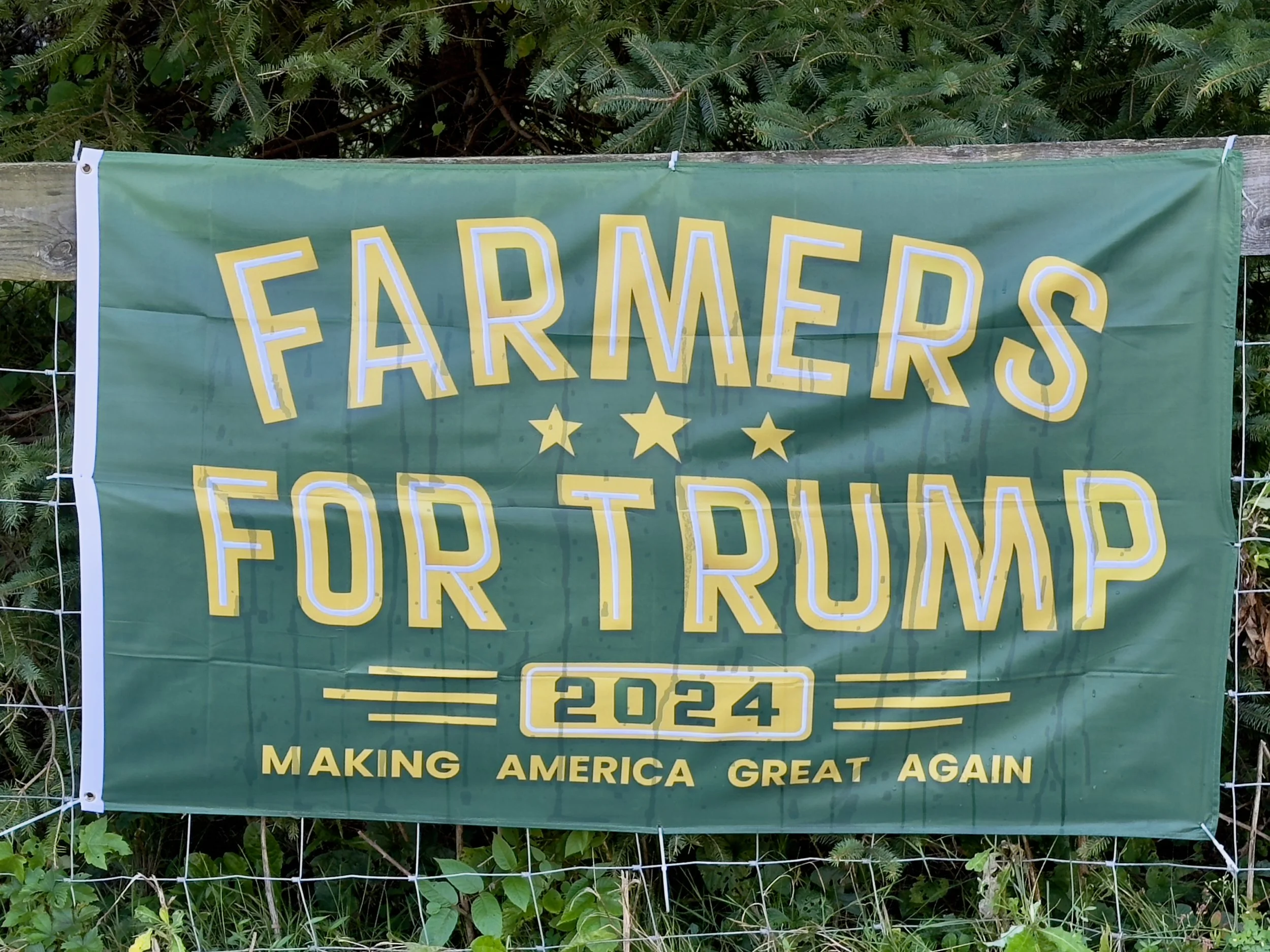Trump’s tariffs, what they mean for farmers
Photo via Oleg Yunakov/Public domain/Wikimedia Commons
While driving along a highway in the rural countryside, passing a “Farmers for Trump” sign is extremely common.
According to Investigate Midwest, the United States Department of Agriculture (USDA) has identified 444 counties across America as “farm dependent,” meaning 25% or more of the average annual labor earnings are derived from farming. President Donald Trump dominated these counties, winning the vote in last November's election by an average of 77.7%.
Trump undeniably has a hold over those making a living off their land, but data suggests their faith may be misplaced
During Trump's 2016 presidency, government payments to farmers hit record highs to offset financial losses caused by a tariff war and the economic impact of the COVID-19 pandemic.
During this time, farmer payments reached upwards of $32 billion, which is $8 billion more than the Department of Agriculture’s annual discretionary budget according to POLITICO. Trump later posted on social media that he hopes this will be the “the thing they [farmers] will most remember,” about his time in office.
On paper, this sounds positive for farmers. Still, the dependence brought on by these yearly payments is “not sustainable,” according to Anne Schechinger, senior economics analyst at the Environmental Working Group.
“It’s really difficult once you’re giving farmers this much money to then take it away,” she explained.
Schechinger’s words rang true and once these payments dropped off, the number of U.S. farms steadily fell by 141,000 over the next four years, according to U.S. Department of Agriculture census data.
Additionally, during his last presidency, Trump also tried to cut the USDA’s discretionary budget by slicing rural development spending, eliminated rules that put farmers’ interest before that of large meatpacking companies, withdrew from the Paris Agreement and failed to deliver the promised profits to farmers after an unsuccessful trade deal with China.
Looking forward at the president’s future plans, his primary goal of mass deportation, which would limit immigrant labor, is predicted to cost the agriculture industry $30 to$60 billion according to the American Business Immigration Coalition.
Similarly, the threat of another tariff war is sending many into panic due to the fact that China has slowly moved away from large purchases of U.S. products such as soybeans and corn, leaving many farmers financially vulnerable, according to The Guardian.
As Trump continues negotiations with foreign countries regarding possible tariffs, all `farmers can do now is wait and listen to see what the next four years could hold.
“There could be some temporary, short-term disruption, and people will understand that,” says Trump on the topic of tariffs according to CNN, “but the tariffs are going to make us very rich and very strong — and we’re going to treat other countries very fairly.”

